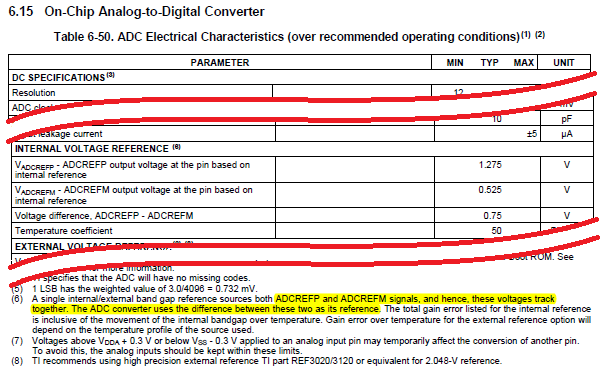Hello,
We are using TMS320F28335 processor in custom board and measuring the ADC accuracy.
One of the analog ADC channel input is connected to precise voltage reference of 1.5Vdc for measuring the ADC conversion accuracy.
But we are getting about 20 to 30 counts variation and could not understand why the ADC counts are jumping about 30 every conversion.
Note that the 1.5Vdc is connected through opamp based 2nd order low pass filter.
We have tried oversampling method and still getting 30 counts variation.
We would like to know what is the expected count variation in standard board or EVAL board ?
In the same custom board we have another processor (TMS570LS3137) which is reading stable ADC counts (max 4 counts vairation) when we read the same 1.5Vc ref
regards,
johnson


